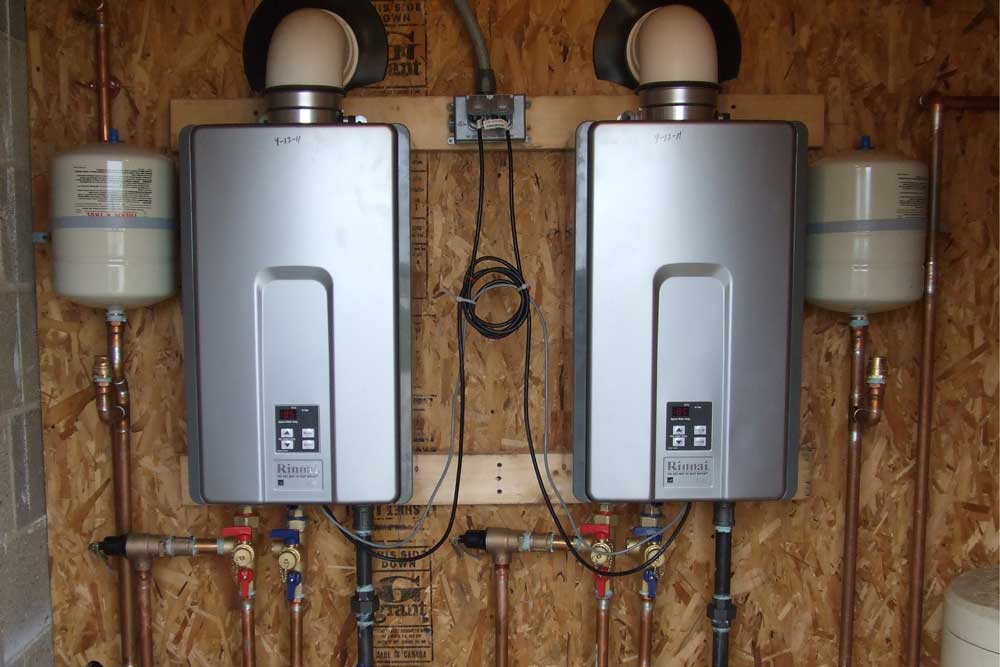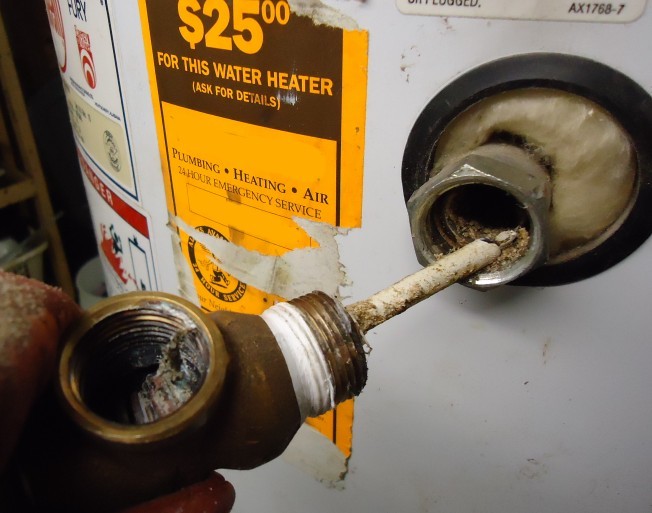Ways to Extend the Life of Your Home's Hot Water System Through Maintenance
Ways to Extend the Life of Your Home's Hot Water System Through Maintenance
Blog Article
Have you been interested in critical info involving What Kind of Maintenance Do Water Heaters Need??

Hot water is important for day-to-day comfort, whether it's for a rejuvenating shower or cleaning dishes. To guarantee your warm water system runs effectively and lasts longer, routine upkeep is key. This post provides useful pointers and insights on just how to maintain your home's hot water system to stay clear of disruptions and expensive fixings.
Introduction
Maintaining your home's warm water system might seem overwhelming, but with a few basic actions, you can guarantee it runs efficiently for years to find. This overview covers every little thing from understanding your hot water system to do it yourself maintenance suggestions and understanding when to employ professional aid.
Value of Maintaining Your Hot Water System
Normal upkeep not just extends the life expectancy of your hot water system but also guarantees it runs effectively. Ignoring upkeep can bring about lowered efficiency, higher energy bills, and even premature failure of the system.
Indications Your Warm Water System Requirements Upkeep
Recognizing when your warm water system requires interest can prevent significant problems. Look out for indicators such as irregular water temperature, strange noises from the heating unit, or rustic water.
Flushing the Water Heater
Flushing your water heater removes sediment buildup, improving efficiency and prolonging its life.
Monitoring and Changing Anode Rods
Anode poles stop deterioration inside the storage tank. Checking and replacing them when worn out is essential.
Complex Issues Calling For Professional Aid
Instances include significant leaks, electric issues, or if your water heater is consistently underperforming.
Regular Expert Maintenance Benefits
Specialist upkeep can include extensive assessments, tune-ups, and guaranteeing compliance with safety and security criteria.
Examining and Adjusting Temperature Level Setups
Changing the temperature setups guarantees optimal efficiency and security.
Do It Yourself Tips for Upkeep
You can do several upkeep tasks on your own to maintain your hot water system in leading condition.
Checking for Leakages
Frequently inspect pipelines and connections for leakages, as these can result in water damage and greater bills.
Recognizing Your Hot Water System
Prior to diving into upkeep tasks, it's practical to understand the standard elements of your warm water system. Usually, this includes the water heater itself, pipelines, anode rods, and temperature level controls.
Monthly Upkeep Tasks
Routine month-to-month checks can help catch small issues prior to they rise.
Evaluating Stress Relief Valves
Checking the stress safety valve guarantees it works appropriately and prevents extreme stress buildup.
Protecting Pipes
Protecting warm water pipes minimizes warmth loss and can save power.
When to Call a Specialist
While DIY upkeep is beneficial, some problems call for professional competence.
Verdict
Regular upkeep of your home's warm water system is necessary for effectiveness, durability, and cost savings. By adhering to these tips and recognizing when to look for professional help, you can guarantee a trusted supply of hot water without unexpected disturbances.
How to Maintain an Instant Hot Water Heater
Before tinkering with your hot water heater, make sure that it’s not powered on. You also have to turn off the main circuit breaker and shut off the main gas line to prevent accidents. Also turn off the water valves connected to your unit to prevent water from flowing into and out of the appliance. 2. When you’re done, you have to detach the purge valves’ caps. These look like the letter “T†and are situated on either side of the water valves. Doing so will release any pressure that has accumulated inside the valves while at the same time avoid hot water from shooting out and burning your skin. 3. When the purge valves’ caps are removed, you have to connect your hosing lines to the valves. Your unit should have come with three hoses but if it didn’t, you can purchase these things from any hardware or home repair shops. You can also get them from retail stores that sell water heating systems. Read the user’s manual and follow it to complete this task properly. When the hosing lines are connected, open the purge port’s valves. 4. You should never use harsh chemical cleaners or solutions when cleaning your unit. Make use of white vinegar instead. It should be undiluted and you’ll probably use about 2 gallons. 5. Now flush your water heater. This task should probably take about 40 minutes. We can’t give you specific directions for this because the procedure is carried out depending on the type, model and brand of your heater. With that being said, refer to the user’s manual. 6. When you’re done draining the unit, you have to turn off the purge port valves again. Remove the hosing lines that you earlier installed on each of the water valves. Put the valve caps (purge port) back in their respective places and be very careful so as not to damage the rubber discs that are found inside these caps. 7. Now that everything’s back in place, check your user’s manual again to find out how to reactivate your water heating system. 8. Once it is working, turn one of your hot water faucets on just to let air pass through the heater’s water supply pipes. Leave the tap on until water flows smoothly out of it. https://www.orrplumbing.com/blog/2014/september/how-to-maintain-an-instant-hot-water-heater/

I discovered that content on Tips on Maintaining a Water Heater when doing a lookup on the internet. Are you aware of another individual who is fascinated by What Kind of Maintenance Do Water Heaters Need?? Feel free to promote it. I love reading our article about Tips on Maintaining a Water Heater.
Source Report this page